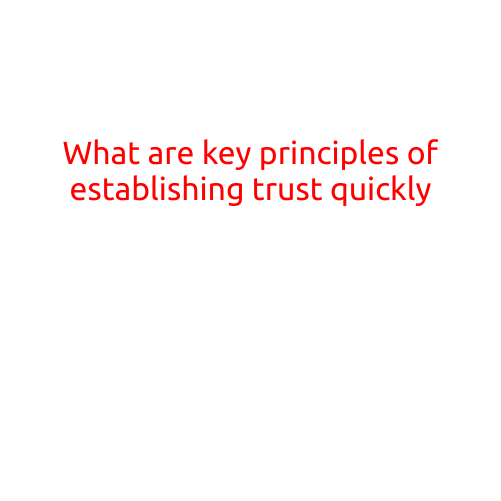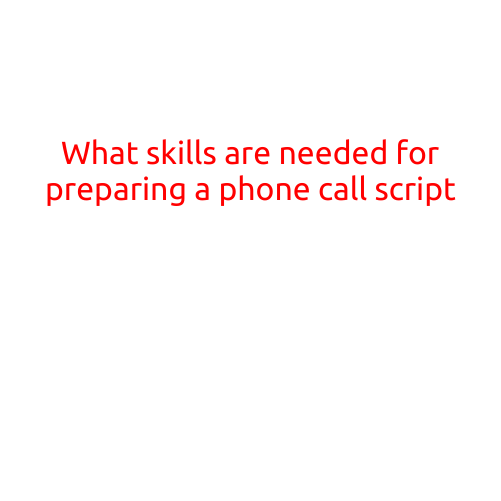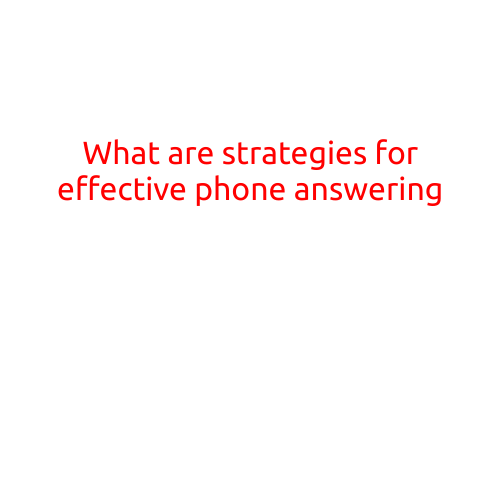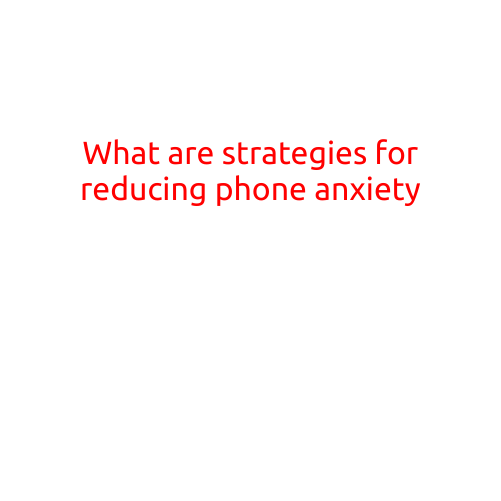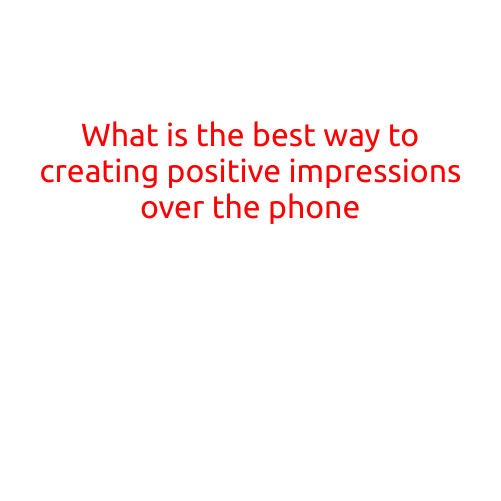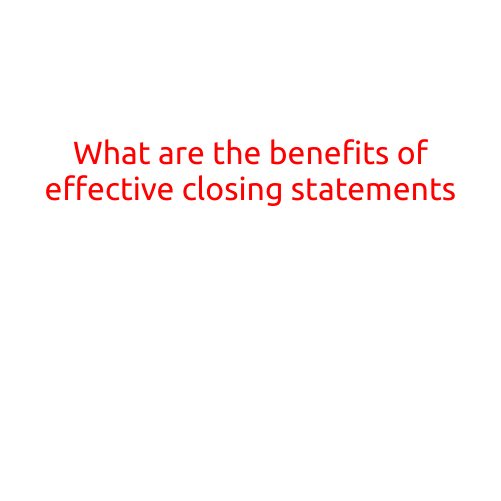
What are the Benefits of Effective Closing Statements?
A closing statement is a crucial part of any sales conversation, negotiation, or presentation. It is the final opportunity to reiterate the value of your proposal, address any last-minute concerns, and seal the deal. An effective closing statement can make all the difference between winning or losing a sale, securing a business partnership, or achieving a desired outcome.
In this article, we will explore the benefits of effective closing statements and provide tips on how to craft a compelling and persuasive message.
What is a Closing Statement?
A closing statement is a summary of the key points discussed during the conversation, highlighting the benefits and value of your proposal. It is a crystallization of the main arguments and evidence presented, designed to reinforce your message and create a sense of urgency.
Benefits of Effective Closing Statements
Seals the Deal: A well-crafted closing statement can be the tipping point that convinces the audience to take action. It reinforces your message, addresses objections, and creates a sense of urgency, making it difficult for the audience to ignore your proposal.
Reiterates Key Points: A closing statement provides an opportunity to reiterate the key points discussed during the conversation, ensuring that the audience remembers the main benefits and value of your proposal.
Responds to Objections: Effective closing statements address common objections, providing solutions to concerns and alleviating any doubts the audience may have.
Creates a Sense of Urgency: A closing statement that creates a sense of urgency encourages the audience to take action quickly, rather than putting it off until later.
Builds Trust and Credibility: A confident and assertive closing statement can establish trust and credibility with the audience, making them more likely to follow your recommendation.
Provides a Call to Action: A closing statement should clearly outline the next steps, providing a call to action that encourages the audience to take the desired course of action.
Tips for Crafting an Effective Closing Statement
Know Your Audience: Understand the audience’s needs, concerns, and pain points before crafting your closing statement.
Keep it Simple: Use simple language and avoid jargon or technical terms that may confuse the audience.
Focus on Benefits: Instead of listing features, focus on the benefits and value that your proposal provides to the audience.
Use Storytelling Techniques: Incorporate stories and anecdotes to make your message more relatable and engaging.
Be Confident and Assertive: Deliver your closing statement with confidence and assertiveness, using a firm but friendly tone.
Practice Your Delivery: Practice your closing statement to ensure that you can deliver it smoothly and confidently.
In conclusion, a well-crafted closing statement is a crucial component of any sales conversation, negotiation, or presentation. By understanding the benefits of effective closing statements and following the tips outlined in this article, you can create a persuasive and compelling message that leaves a lasting impression on your audience.
